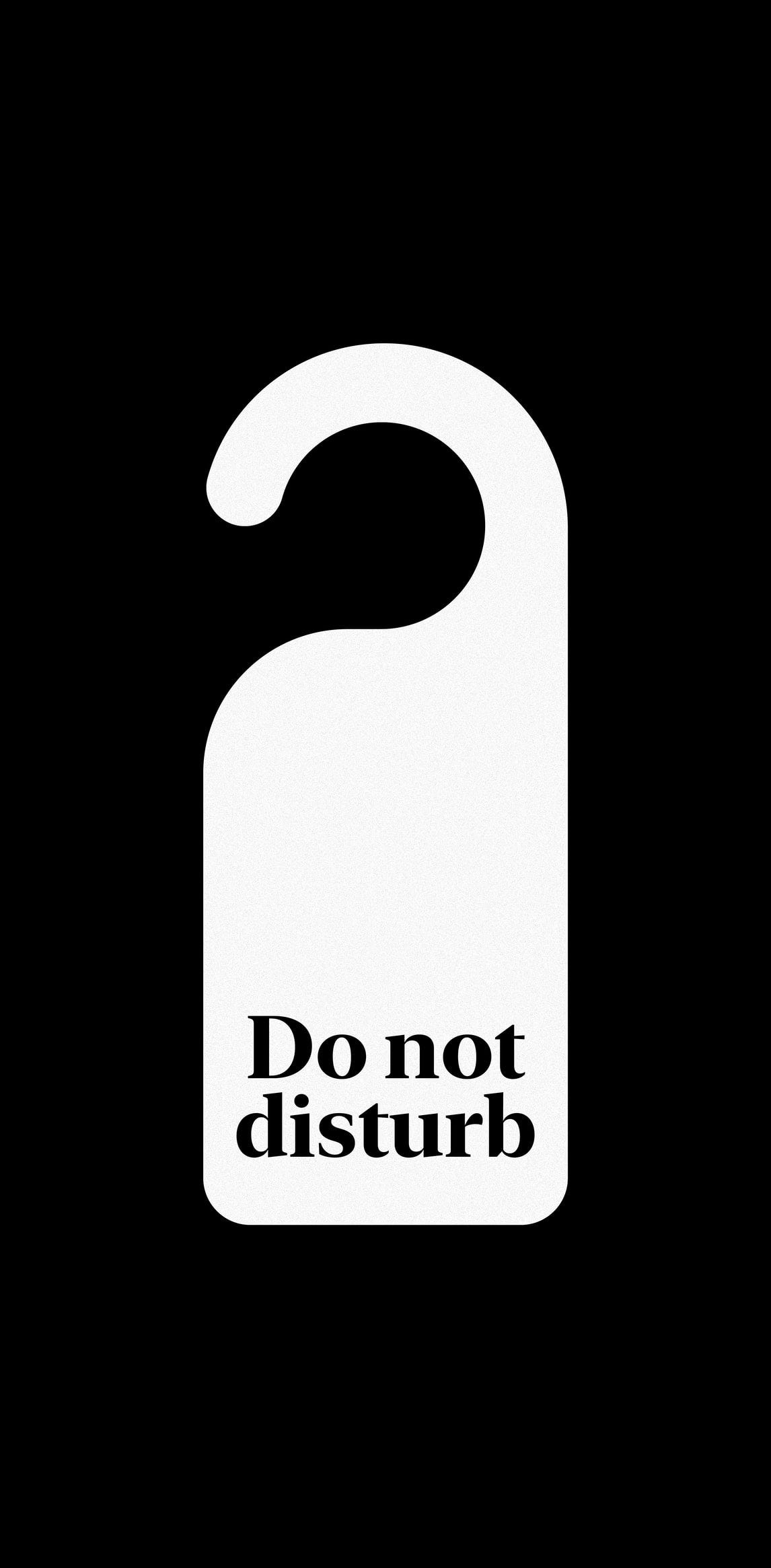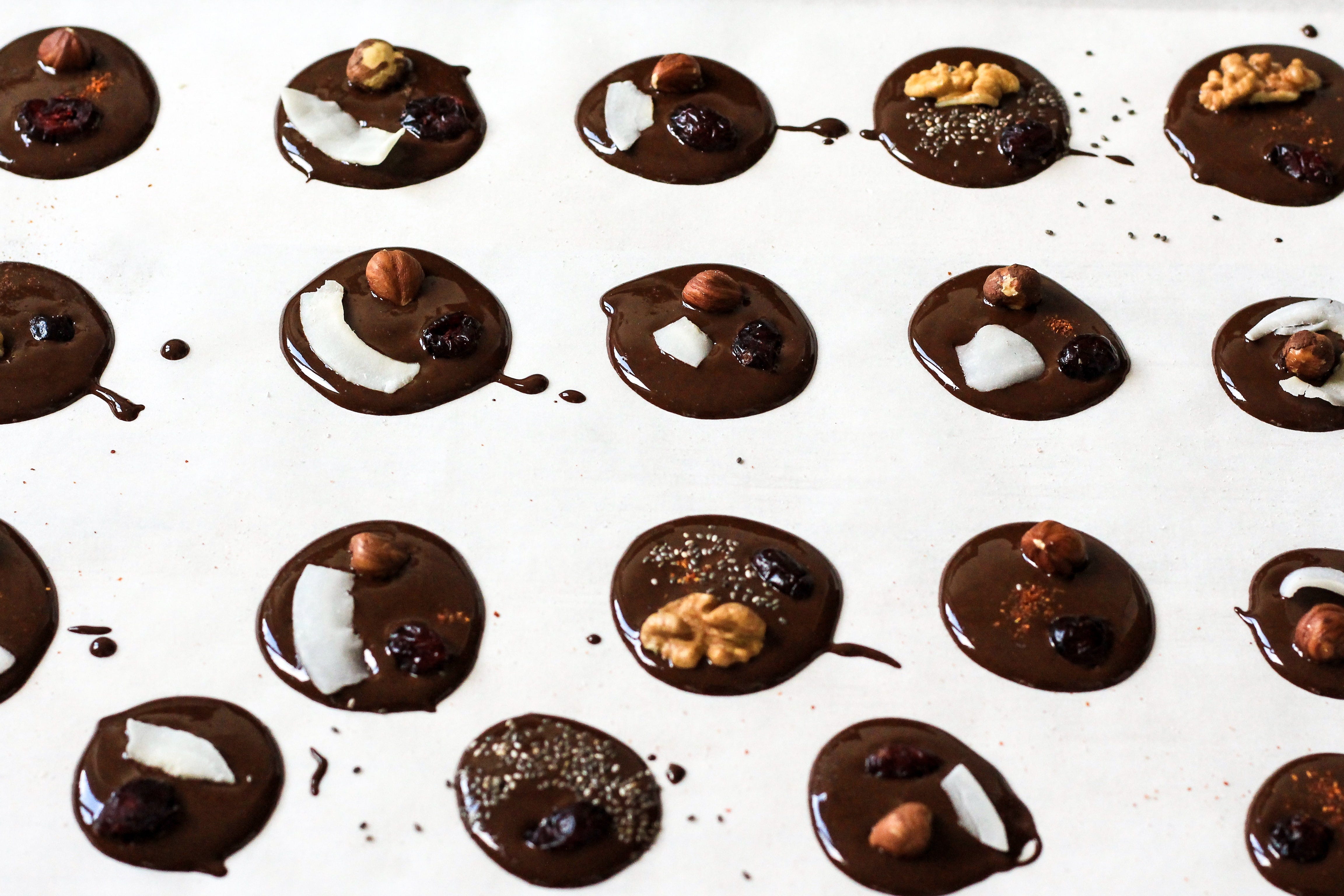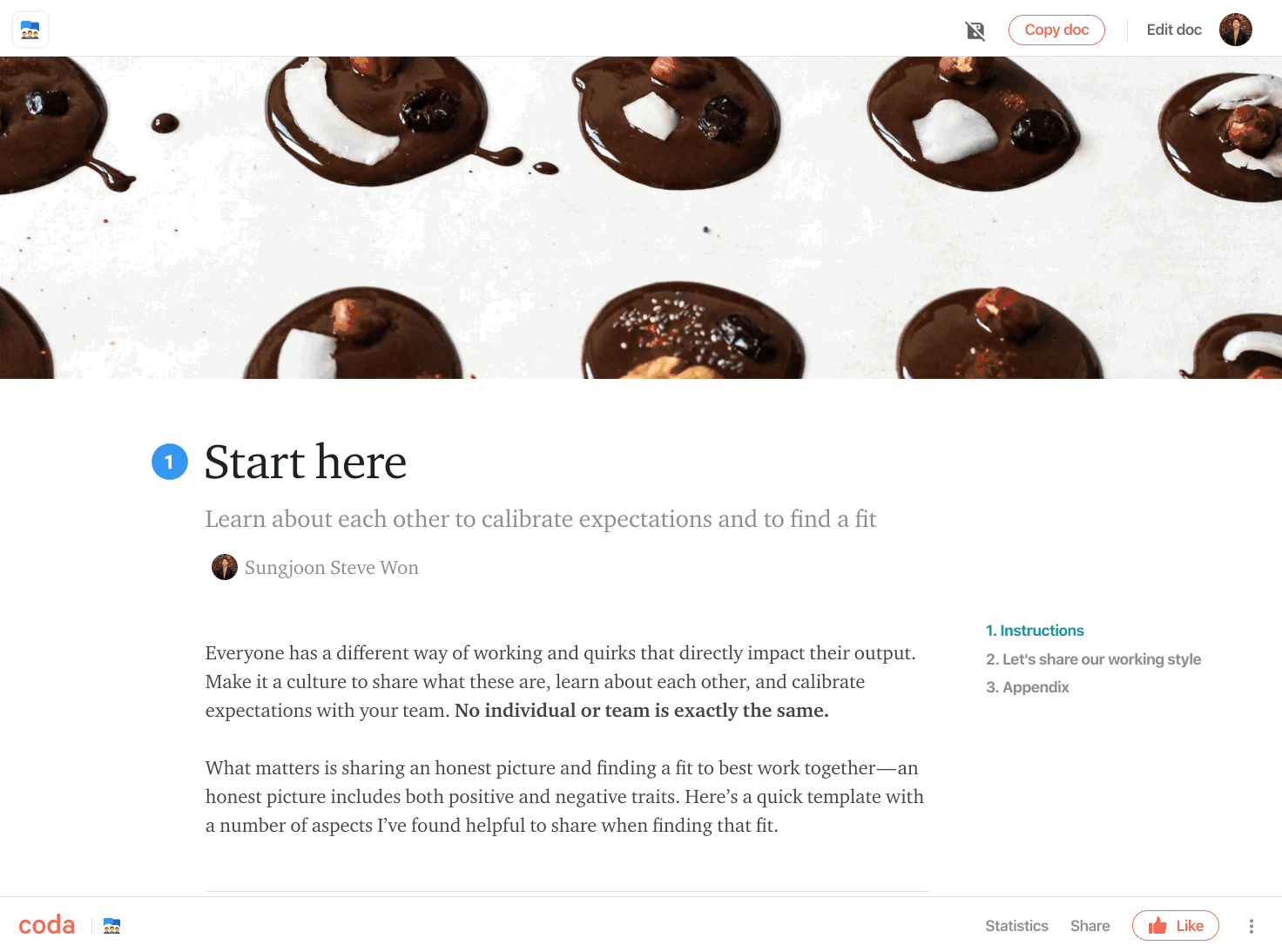:尋找指定和的整數對
Good design derives from good thinking. And good thinking is highly correlated to how much time you spend. In every place I’ve been though, every designer seems to be thirsty for more time to design. Why does this happen, to a point where it feels like a universal constant? Looking back across organizations and projects, here’s a set of patterns I’ve observed. Any of these sound familiar?
好的設計源于好的思考。 良好的思維與您花費多少時間密切相關。 在我去過的每個地方,每個設計師似乎都渴望獲得更多的設計時間。 為什么會發生這種情況,直到感覺像一個通用常數? 回顧組織和項目,這是我觀察到的一組模式。 這些聽起來熟悉嗎?
重復觀察 (Repeating observations)
- Meetings unblock progress, but also interrupt progress. 會議可以阻止進度,但也可以中斷進度。
- From picking up the cursor, each person takes different amount of time to immerse themselves and get creative. 從拿起光標開始,每個人花費不同的時間來沉浸于自己和發揮創造力。
- Sum of time blocks spread apart≠ Same amount of time in a single block. 時間塊的總和散開≠單個塊中的時間相同。
- Designers are scarce in many organizations — Partners can be demanding with deadlines and your expertise. 在許多組織中,設計師都很匱乏-合作伙伴可能會要求截止日期和您的專業知識。
- Many designers desire to be present at high level conversations — and this often leads to holistic thinking in the design. 許多設計師希望在高層對話中露面-這常常導致設計中的整體思考。
- Plans change suddenly. Big changes in context can nullify the work done so far and have designers to go back to step 1. 計劃突然改變。 上下文的重大更改可能會使到目前為止所做的工作無效,并使設計人員返回到步驟1。
- Despite the lack of time, you want to deliver a kickass design that will wow and excite the team. 盡管時間緊缺,但您仍想提供一種可令團隊振奮并振奮精神的Kickass設計。
嘗試過但是me (Tried but meh)
Unfortunately, this isn’t news and we’ve all tried something. Here’s some I’ve tried, found to be a common practice by others, and end up ineffective over time.
不幸的是,這不是新聞,我們都做了一些嘗試。 這是我嘗試過的一些方法,發現是其他人的慣用方法,但隨著時間的推移最終效果不佳。
No meeting Wednesdays Hard to enforce. Urgent meetings come up. Sometime compromised to find a time that works for everyone.
周三無會議,難以執行。 緊急會議來了。 有時為了找到適合每個人的時間而妥協。
Not going to meetings
不參加會議
Meeting minutes lack certain context, ideas evolve during real-time conversations, I prefer to be present in discussions that relate to design or that design has a perspective in.
會議紀要缺乏特定的背景,想法在實時對話中不斷演變,我更喜歡出現在與設計有關的討論中,或者設計具有視角。
9–5 for making myself available to others, and designing before & afterNot sustainable nor productive long-term. Also prevents you from spending your core energy on design — you end up using left-over energy when heads-down
9–5,使自己可以與他人共享,并且在前后進行設計不可持續或長期無法產生成果。 還可以防止您將核心精力花在設計上–最終您在低頭時會消耗掉剩余的能量
Pushing back on deadlines
推遲截止日期
Works well in certain cases, but often dependent on external factors such as launch roadmap and engineering resources. Not something that’s within your control all the time.
在某些情況下效果很好,但通常取決于外部因素,例如啟動路線圖和工程資源。 并非始終在您的控制范圍內。
專注于可行的東西 (Focus on what’s actionable)
Sometimes, you have to fight for time to do work. Feels odd as I am writing this, because you are compensated by impact from the work you do and the designs you create. In this sense, characteristic of an ideal workplace could be one where you are given enough space to drill down.
有時,您必須爭取時間才能上班。 在我寫這篇文章時,感覺很奇怪,因為您所做的工作和創建的設計會給您帶來一定的影響。 從這個意義上講,理想工作場所的特征可能是給您足夠的空間進行鉆取。
Start with what’s in your control and what you can take action on. Make yourself enough space to drill down on design by
首先要控制什么,然后可以采取行動。 為自己留出足夠的空間來深入研究
- Owning your creative time 擁有自己的創作時間
- Putting up a ? sign with context 在上下文中放置?符號
- Calibrating expectations 校準期望
1.擁有自己的創作時間 (1. Owning your creative time)

They say Warren Buffett keeps most of his days meeting free. Easier said than done for most of us, especially when there are new requests throughout the day and pressure to accommodate big groups.
他們說沃倫?巴菲特(Warren Buffett)大部分時間都自由開會 。 對于我們大多數人而言,說起來容易做起來難,尤其是在全天都有新的請求以及容納大團體的壓力下。
What you can do is setting a set of principles to systematically assess which meetings really matter, and then find the best time for them. Then, save rest of the day for thinking and executing design.
您可以做的是設置一組原則,系統地評估哪些會議真正重要,然后為他們找到最佳時間。 然后,節省一天的時間來思考和執行設計。
Know when you get your best creative energy flowingIdentify at least one block per day. That’s what you want to maximize and not have compromised with interruptions. Plan the day around it, and find ways to add more time around it to build stronger focus.
知道何時獲得最大的創造力每天確定至少一個障礙。 那就是您要最大化而又不會受到打擾的折衷。 規劃周圍的一天,并找到增加周圍更多時間來建立重點的方法。
Triage with yes-or-no questionsIf you can’t answer yes to any of the following questions, discard it or delegate the meeting.
對是或否問題進行分類如果您對以下任何一個問題不能回答是 ,請將其丟棄或委托會議。
- Will the outcome of this meeting change direction of the design? 會議的結果會改變設計的方向嗎?
- Do you need to share input in this meeting? 您需要在這次會議上分享意見嗎?
- Do you need be a mandatory decision maker in this meeting? 您需要在這次會議上成為強制性的決策者嗎?
- Gut check — Will it be hard for you the accept the results of the meeting if you aren’t present in the conversation? 膽量檢查-如果您不在對話中,您是否很難接受會議結果?
Push out, Combine, and PostponeFor the meetings you commit to, propose and shift times so that
推出,合并和推遲您承諾的會議,建議和更改時間,以便
- …they are as far away from your creative time block as possible. …它們離您的創作時限越遠。
- …there will be fewest fragments of adjacent meetings. …相鄰會議的片段最少。
- …they happen as late as possible. Effective discussions happen when sufficient context is built up for everyone & you have bandwidth the follow through afterwards. This doesn’t always mean scheduling ‘as soon as possible’. Determine when that is and postpone until then. That can help avoid adding unnecessary noise. …他們發生得盡可能晚。 當為所有人建立了足夠的上下文時,就會進行有效的討論,并且您有足夠的帶寬進行后續操作。 這并不總是意味著“盡快”安排。 確定是什么時候,然后推遲到那時。 這樣可以避免增加不必要的噪音。
2.在上下文中放一個?符號 (2. Putting up a ? sign with context)

Spontaneous distractions can be deadly when not managed well. Anything can be considered a distraction if it’s not relevant to the design you are heads down on. After all, focus is a fragile thing. And with the recent shift towards distributed teams and online communication, managing distractions has become more important than ever.
如果管理不善,自發性的分心可能會致命 。 如果任何事情都與您不屑一顧的設計無關,那么任何事情都可以視為干擾。 畢竟,專注是一件脆弱的事情。 隨著最近向分布式團隊和在線交流的轉移,分散注意力的管理變得比以往任何時候都更加重要。
It’s shown to be effective for many people when they don’t react to every notification, but carving out specific time blocks to catch up on new messages and email. Some even suggest turning off notifications entirely and instead checking your messages hourly.
當許多人不對每個通知做出React時,對很多人來說,它是有效的,但是他們劃出了特定的時間段以趕上新的消息和電子郵件。 有些人甚至建議完全關閉通知,而不是每小時檢查一次消息。
Design a sign with contextTake a step further by allowingothers to see what your priorities are right now. This is different from avoiding work, and people can then determine how timely it is for them to break your workflow. It’s similar to how people get a sense of how occupied you are by seeing you in meetings or being heads-down. Designing a sign to show this can help trim the intake of interruptions.
根據環境設計標志進一步允許其他人了解您當前的優先事項。 這與避免工作不同,然后人們可以確定他們中斷您的工作流程需要多長時間。 這類似于人們通過在會議中見到您或頭腦清醒來了解您的忙碌程度。 設計一個標志來表明這一點可以幫助減少中斷的發生。
For a sign to be effective, it’s important to
為使標志有效,重要的是
- clearly communicate what’s on top of your plate right now, 清楚地傳達您現在盤子上的東西,
- when you expect to be back, 當你期望回來時
- when you check back on messages, 當您查看郵件時,
- and a way to reach you for urgent items. 以及聯系您緊急物品的方法。
For example:
例如:
Heads down on P0, P1 items, and back on Slack at noon. For items time critical items, please call me.
下到P0,P1項目 ,中午回到Slack。 對于時間緊急的項目,請給我打電話。
Communicate these through status updates or even autoreplies. There’s even been experiments around composing autoreplies based on knowledge to tackle trivial replies on your behalf.
通過狀態更新甚至自動回復來傳達這些信息。 甚至已經進行過一些實驗,這些實驗圍繞著根據知識來組成自動答復以代表您處理瑣碎的答復。
3.校準期望 (3. Calibrating expectations)

Everyone has a different way of working and quirks that directly impact their output. Make it a culture to share what these are, learn about each other, and calibrate expectations with your team. No individual or team is exactly the same.
每個人都有不同的工作方式和怪癖,直接影響他們的產出。 與他人共享文化,互相了解并校準期望,這是一種文化。 沒有任何個人或團隊是完全一樣的。
What matters is sharing an honest picture and finding a fit to best work together — an honest picture includes both positive and negative traits. Here’s a number of aspects I’ve found helpful to share when finding that fit.
重要的是分享誠實的形象并找到最佳合作方式的合適人選–誠實的形象既包括積極特征也包括消極特征。 找到適合的方面后,我發現了很多方面的分享。
- What you find helpful to iterate on design 您發現有助于迭代設計的內容
- Your work rhythm 你的工作節奏
- How frequently you check each communication channel 您檢查每個通訊渠道的頻率
- Areas you know you can improve in 您知道可以改進的領域
- Quirks that may cause a misunderstanding 可能引起誤解的怪癖
Here’s an interactive template you can use with your team to learn about each other and build towards a team working style.
這是一個交互式模板,您可以與您的團隊一起使用,以相互了解并建立團隊合作風格。

It’s a constant struggle to find a balance between heads-down time to design and heads-up time for everything else. That’s because heads-up time also helps us see beyond what’s right in front of our eyes and feed back into what we design in our heads-down time. Because we want our designs to stay relevant and be meaningful to others, there’s an innate desire to achieve both. Despite the challenge, it’s worth striving for a better balance.
要在設計的精簡時間與其他所有事情的平時之間找到平衡,這是一個不斷的難題。 這是因為平視時間還可以幫助我們超越眼前的視線,并回饋到平時所設計的內容中。 因為我們希望我們的設計保持相關性并對他人有意義,所以人們天生就有實現這兩者的愿望。 盡管面臨挑戰,還是值得爭取更好的平衡。
If you have ways that’s worked well for you, I would love to learn about them.
如果您有適合自己的方法,我很想了解它們。
I share my reflections as writings on Medium, visual inspirations on Instagram, and bite-sized thoughts on design & work on Twitter.
我在 媒體 上 發表 自己的看法, 在 Instagram上發表 視覺靈感 ,并在 Twitter上 分享一些 有關設計和工作的想法,這些都是我的看法 。
翻譯自: https://uxdesign.cc/finding-time-how-to-increase-heads-down-time-to-design-a161ea85cf43
:尋找指定和的整數對
本文來自互聯網用戶投稿,該文觀點僅代表作者本人,不代表本站立場。本站僅提供信息存儲空間服務,不擁有所有權,不承擔相關法律責任。 如若轉載,請注明出處:http://www.pswp.cn/news/275350.shtml 繁體地址,請注明出處:http://hk.pswp.cn/news/275350.shtml 英文地址,請注明出處:http://en.pswp.cn/news/275350.shtml
如若內容造成侵權/違法違規/事實不符,請聯系多彩編程網進行投訴反饋email:809451989@qq.com,一經查實,立即刪除!


















